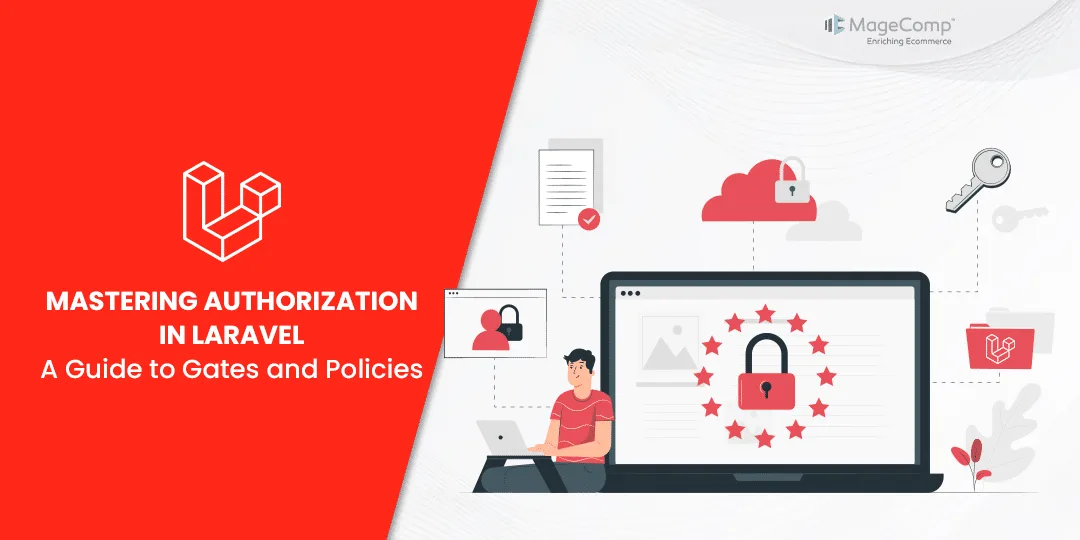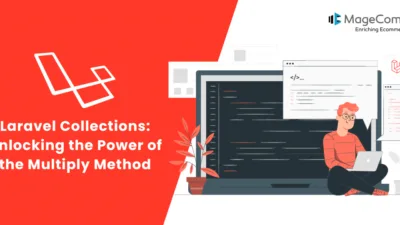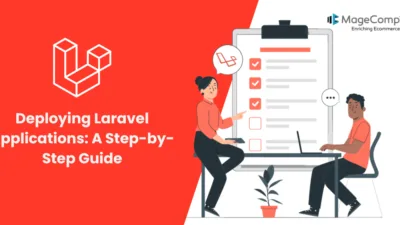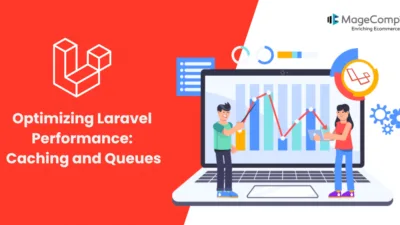In the realm of web development, security is paramount. Laravel, the ever-popular PHP framework, provides a robust authorization system to manage user permissions and access control within your application. This system is composed of two primary concepts: Gates and Policies. Both serve the purpose of defining authorization logic, but they are used in slightly different ways.
What are Gates in Laravel?
Gates are closures that determine if a user is authorized to perform a given action. They are typically used to authorize actions for entire resources or routes. They provide a simple, straightforward way to manage access control in your application. Think of them as a way to define abilities in a centralized place.
Creating a Gate in Laravel
You define gates in the App\Providers\AuthServiceProvider class. Here’s an example where we define a gate to check if a user can view an admin dashboard:
namespace App\Providers;
use Illuminate\Foundation\Support\Providers\AuthServiceProvider as ServiceProvider;
use Illuminate\Support\Facades\Gate;
class AuthServiceProvider extends ServiceProvider
{
public function boot()
{
$this->registerPolicies();
Gate::define('view-admin-dashboard', function ($user) {
return $user->is_admin;
});
}
}
In this example, the gate view-admin-dashboard checks if the user has an is_admin attribute set to true.
Using a Gate in Laravel
You can use gates in controllers or middleware to restrict access:
{
if (Gate::allows('view-admin-dashboard')) {
// The current user can view the admin dashboard
} else {
// Access denied
abort(403);
}
}
Alternatively, you can use the can Blade directive:
@can('view-admin-dashboard')
<!-- The current user can view the admin dashboard -->
@endcan
What are Policies in Laravel?
Policies are more structured and are ideal for managing permissions for a specific model or resource. They are class-based and provide a cleaner way to group related authorization logic. They offer a more structured approach compared to Gates, making them ideal for applications with complex authorization requirements.
Creating a Policy in Laravel
You can create a policy using the Artisan command:
php artisan make:policy PostPolicy
This command generates a policy class in the app/Policies directory. Let’s say we want to manage access to the Post model.
namespace App\Policies;
use App\Models\Post;
use App\Models\User;
class PostPolicy
{
public function view(User $user, Post $post)
{
return $user->id === $post->user_id;
}
public function update(User $user, Post $post)
{
return $user->id === $post->user_id;
}
}
Registering a Policy in Laravel
Once you have defined a policy, you need to register it in the App\Providers\AuthServiceProvider class:
namespace App\Providers;
use App\Models\Post;
use App\Policies\PostPolicy;
use Illuminate\Foundation\Support\Providers\AuthServiceProvider as ServiceProvider;
class AuthServiceProvider extends ServiceProvider
{
protected $policies = [
Post::class => PostPolicy::class,
];
public function boot()
{
$this->registerPolicies();
}
}
Using a Policy in Laravel
You can use policies in controllers to authorize actions:
use App\Models\Post;
public function show(Post $post)
{
$this->authorize('view', $post);
// The current user can view the post
}
Or in Blade templates:
@can('view', $post)
<!-- The current user can view the post -->
@endcan
Conclusion
Laravel’s Gates and Policies provide a powerful and flexible way to handle authorization in your application. Gates offers a straightforward, closure-based approach for simple authorization checks, while Policies offers a more structured, class-based approach for managing permissions related to specific models. By using these tools, you can ensure that your application’s authorization logic is organized, maintainable, and secure.
Hire Laravel Developer to help you handle authorization of your web application.
Happy Coding!












